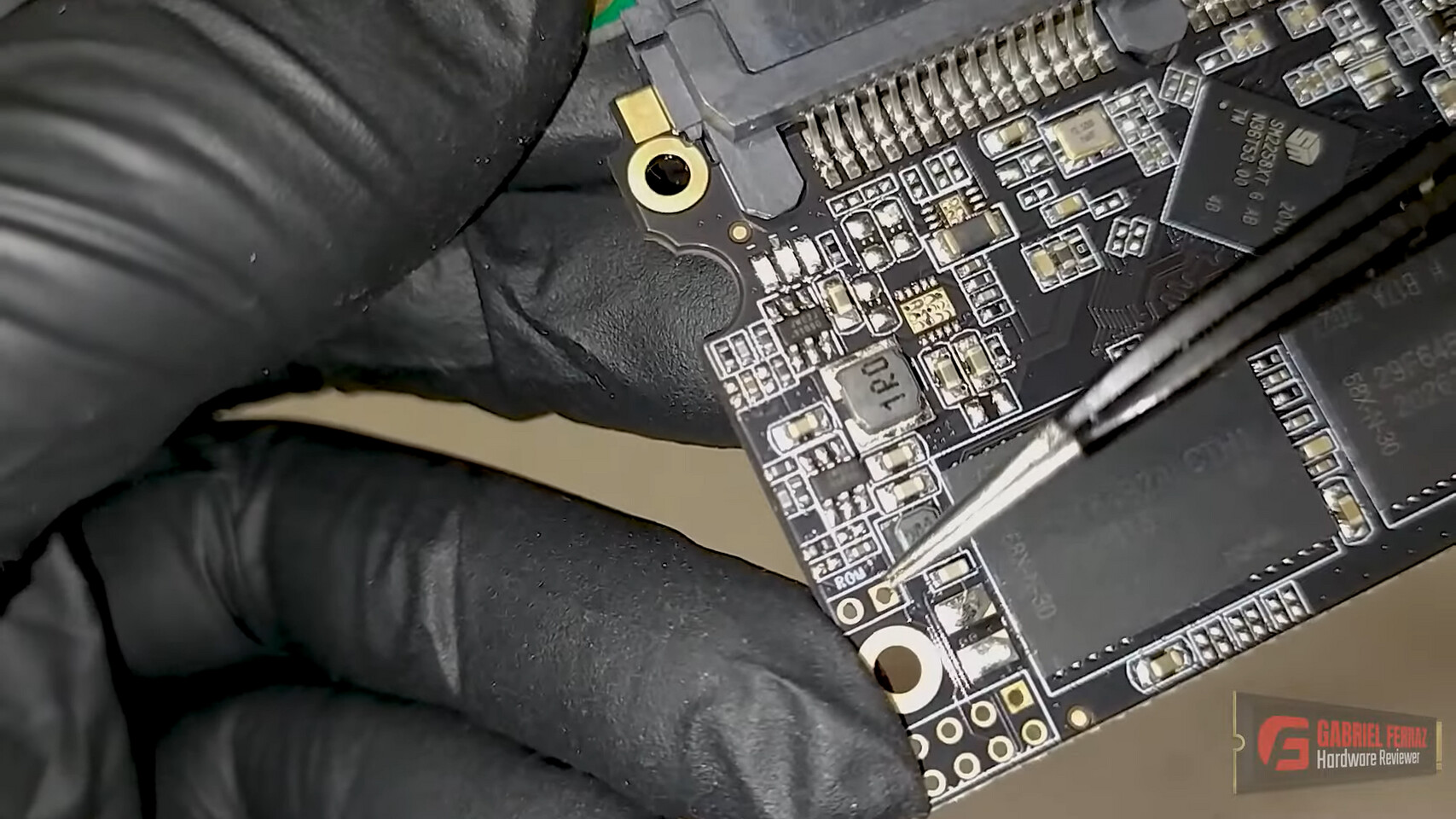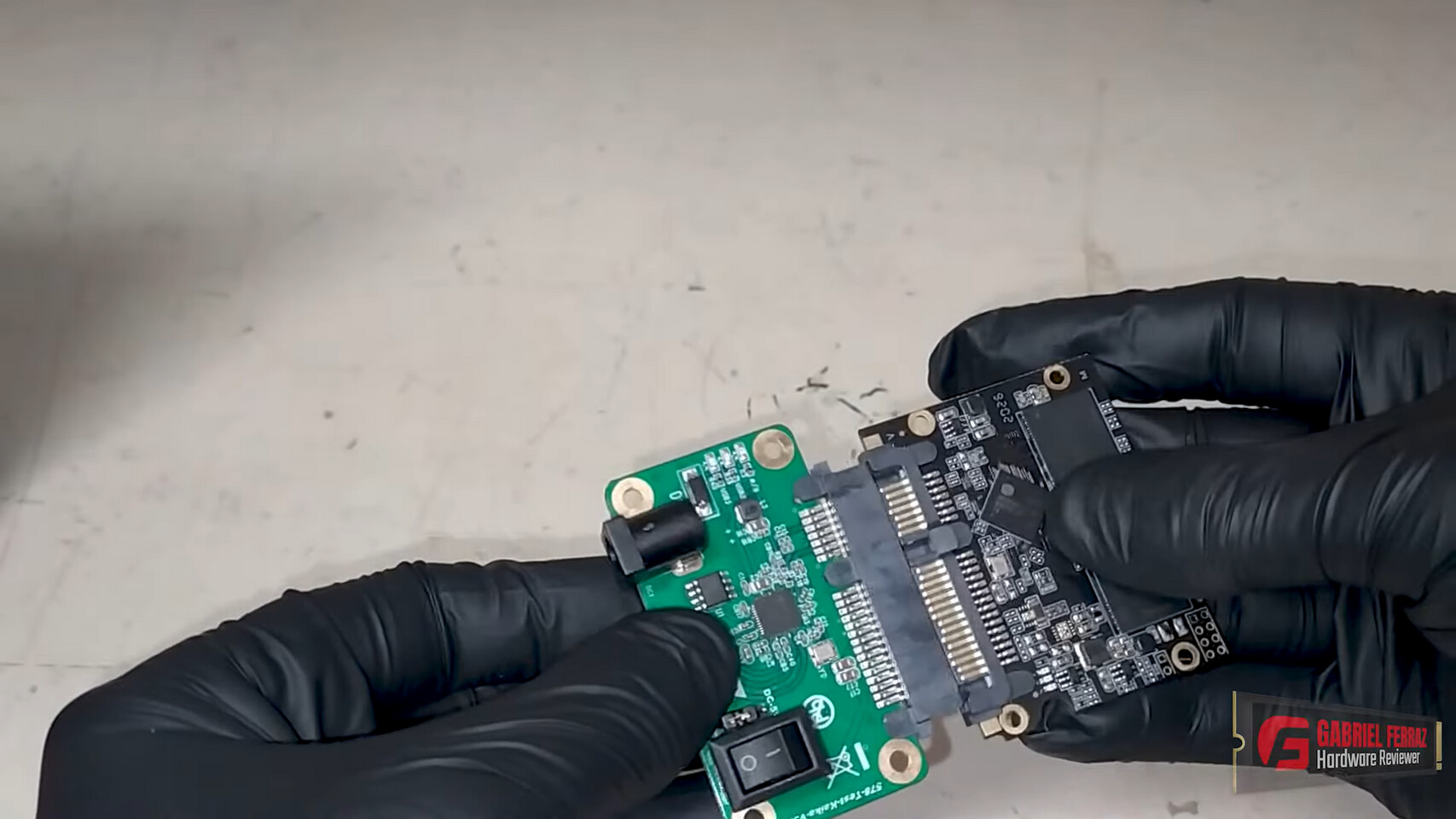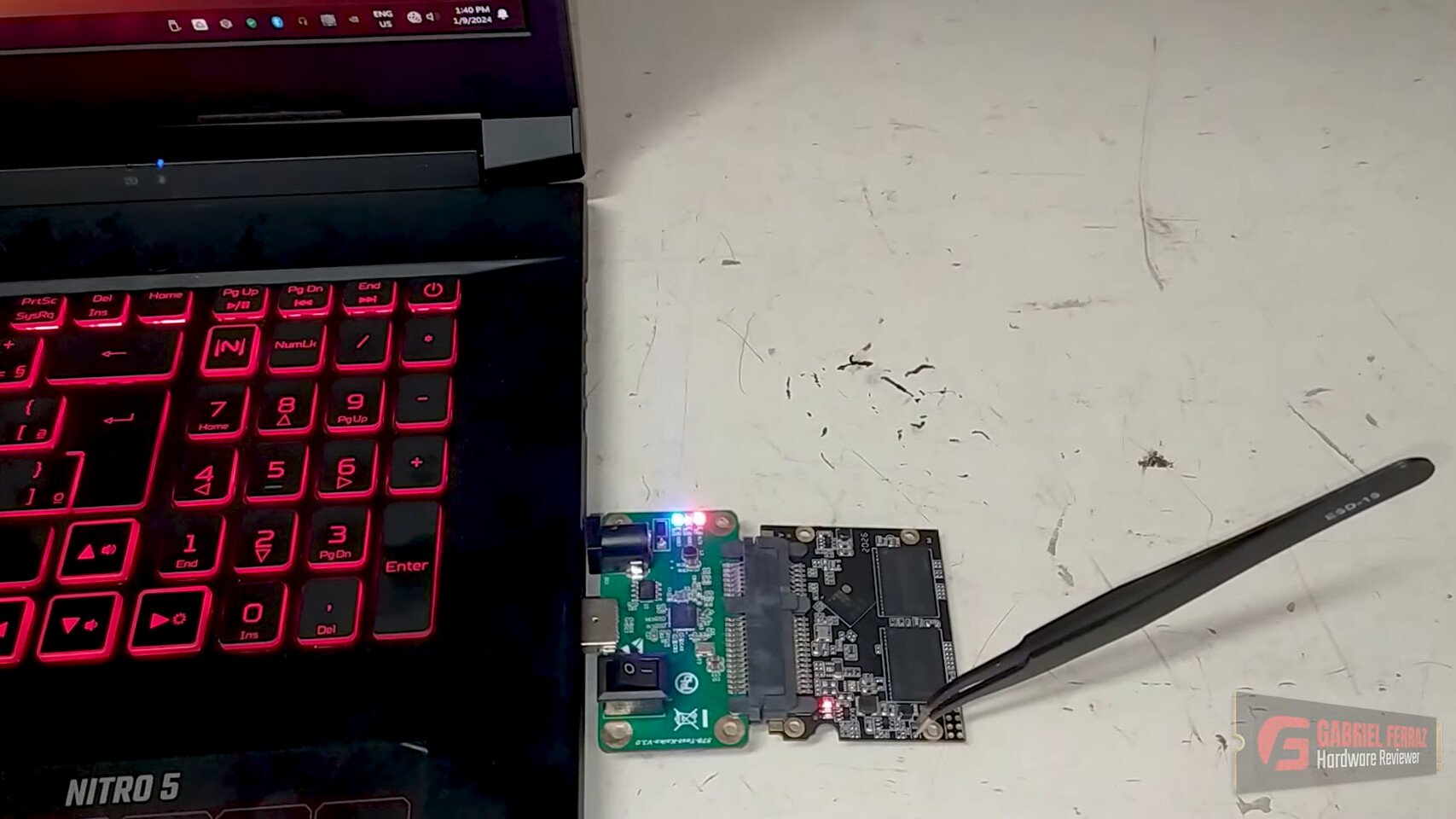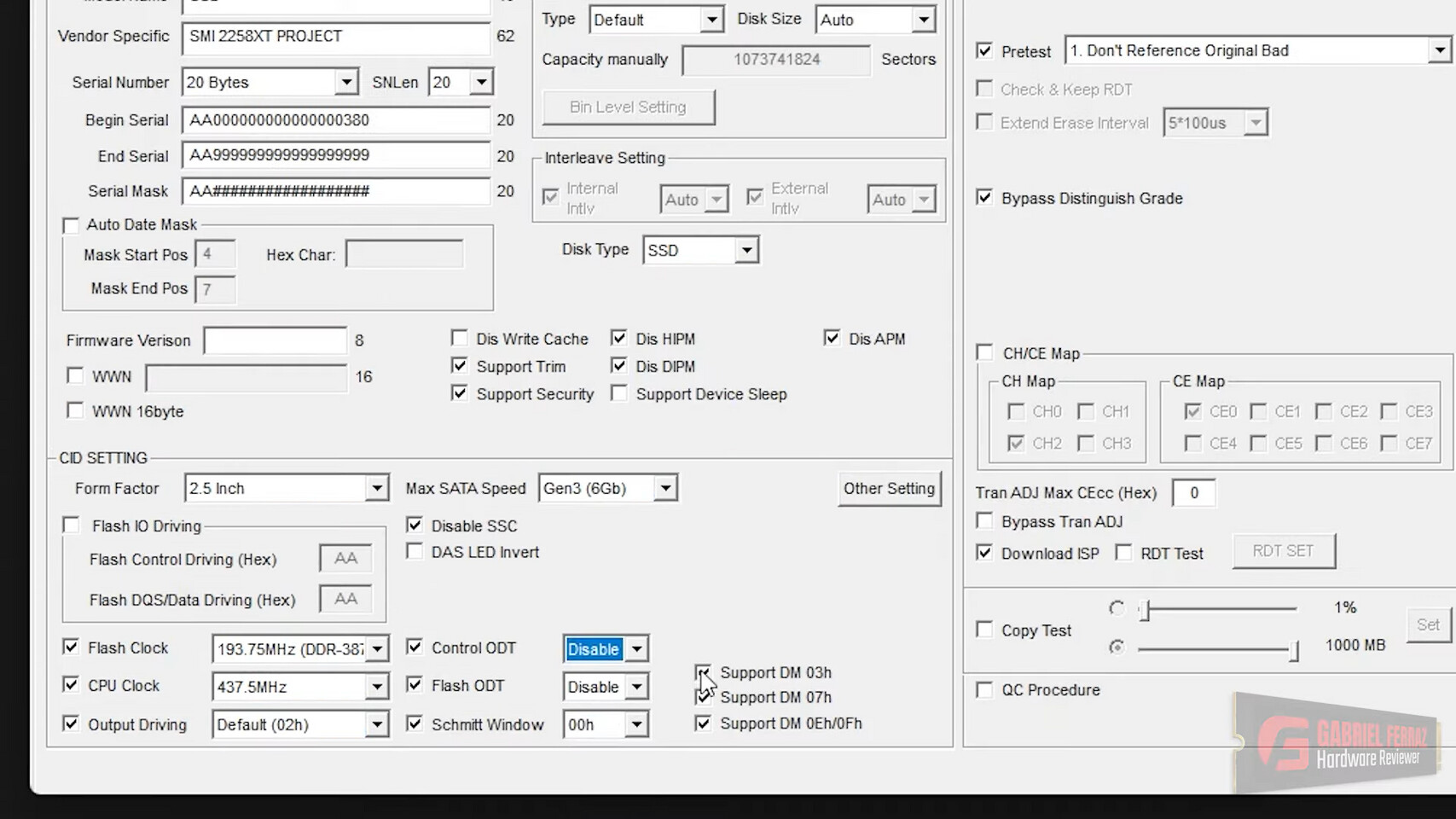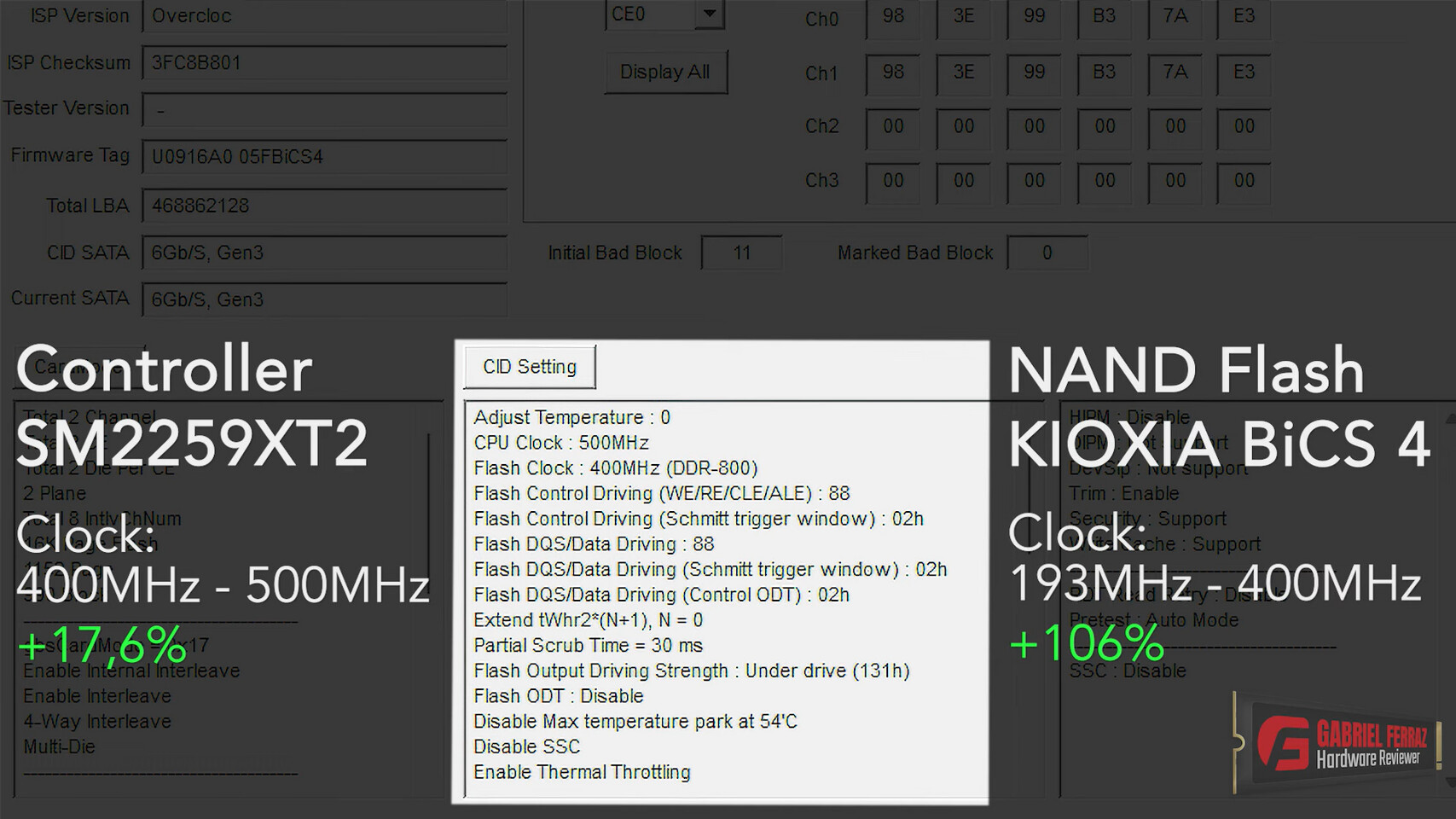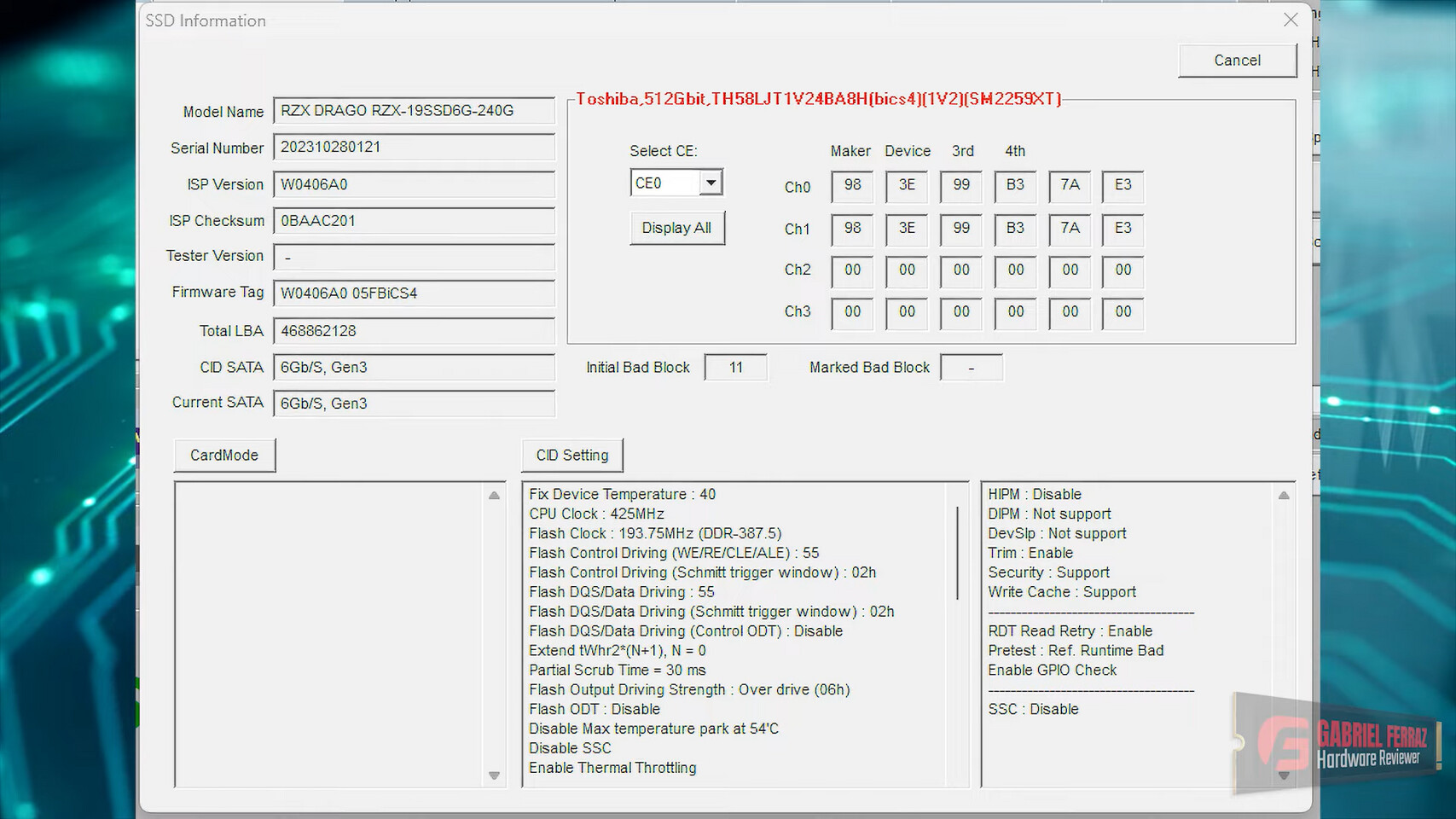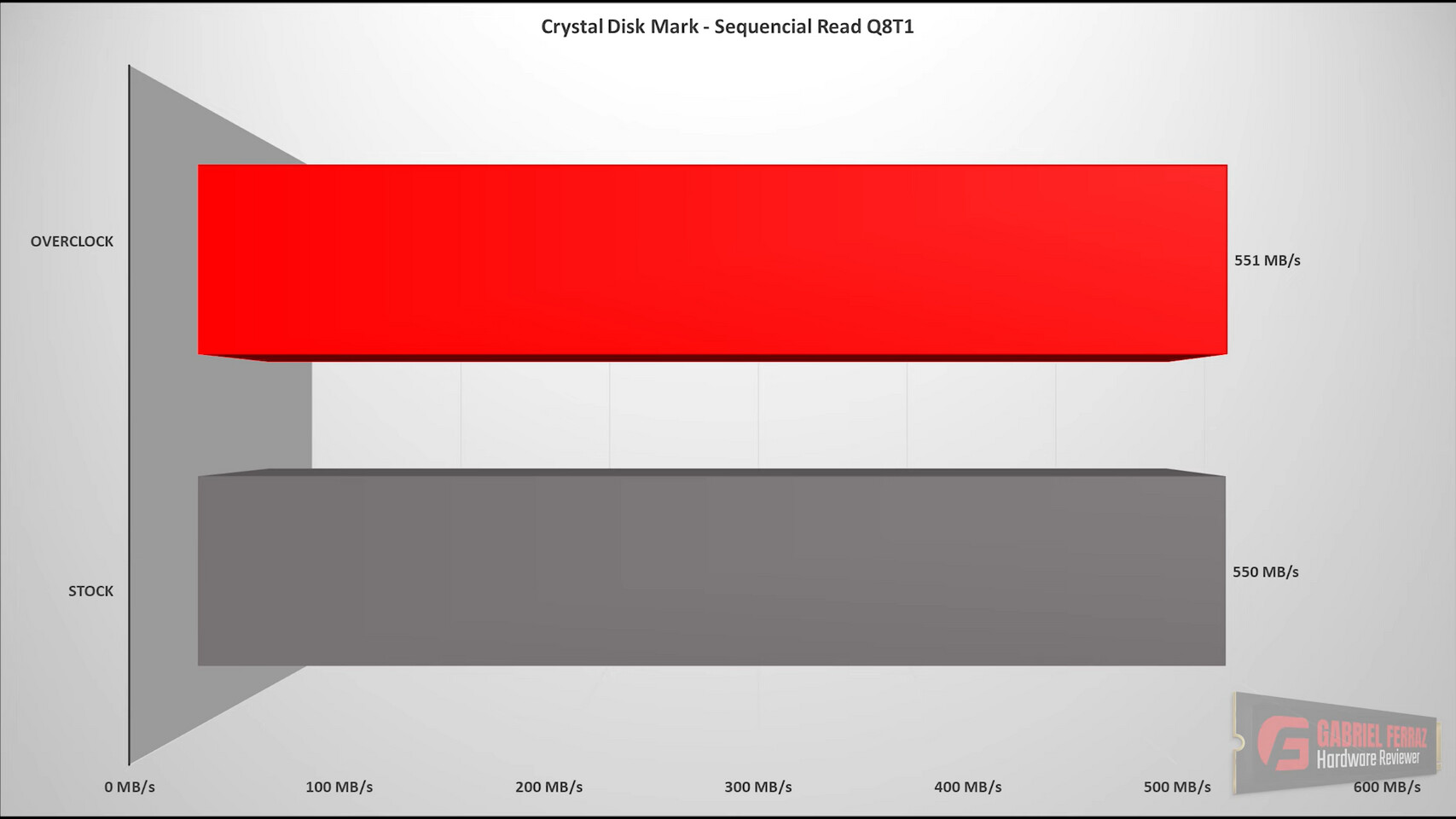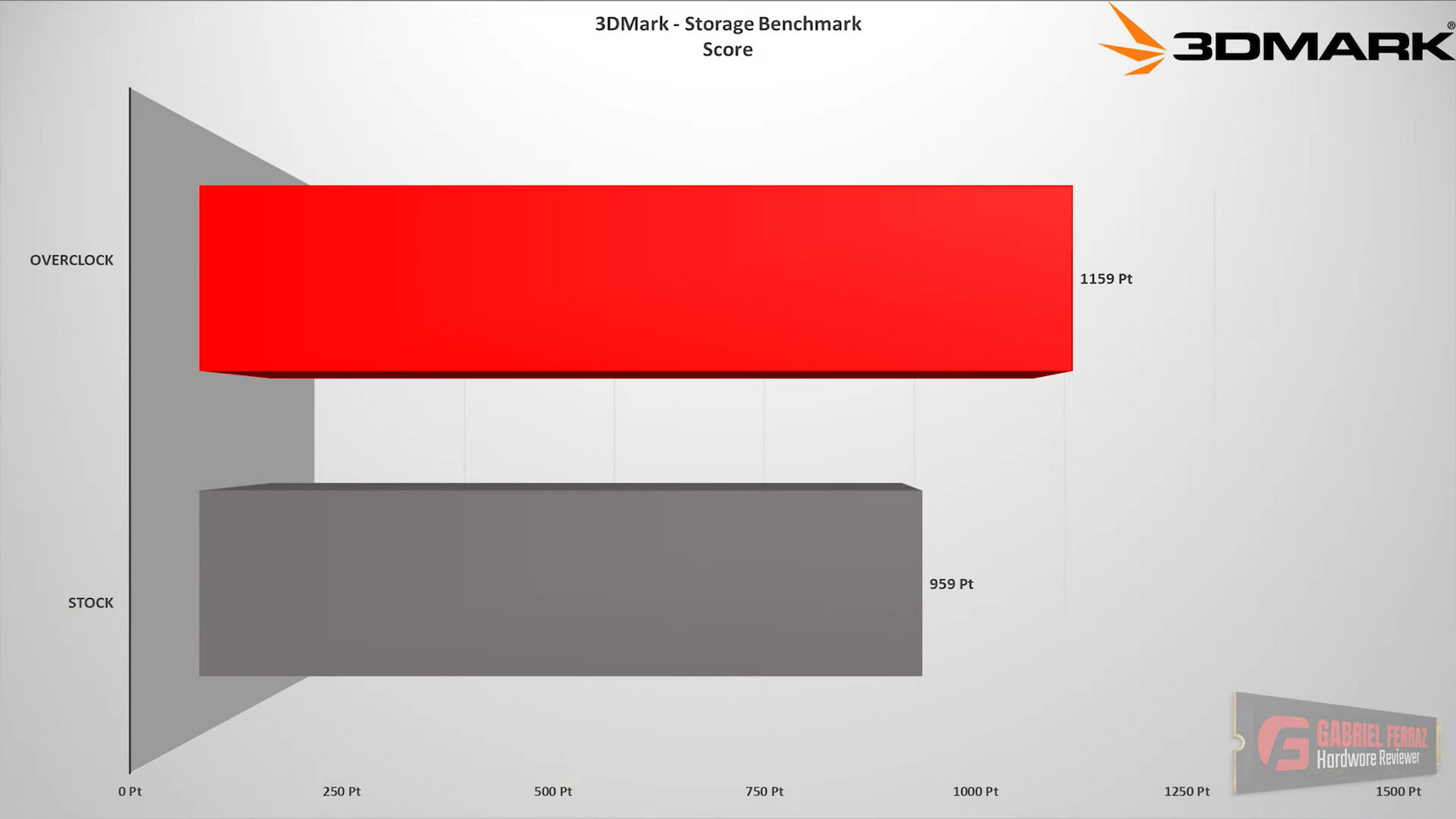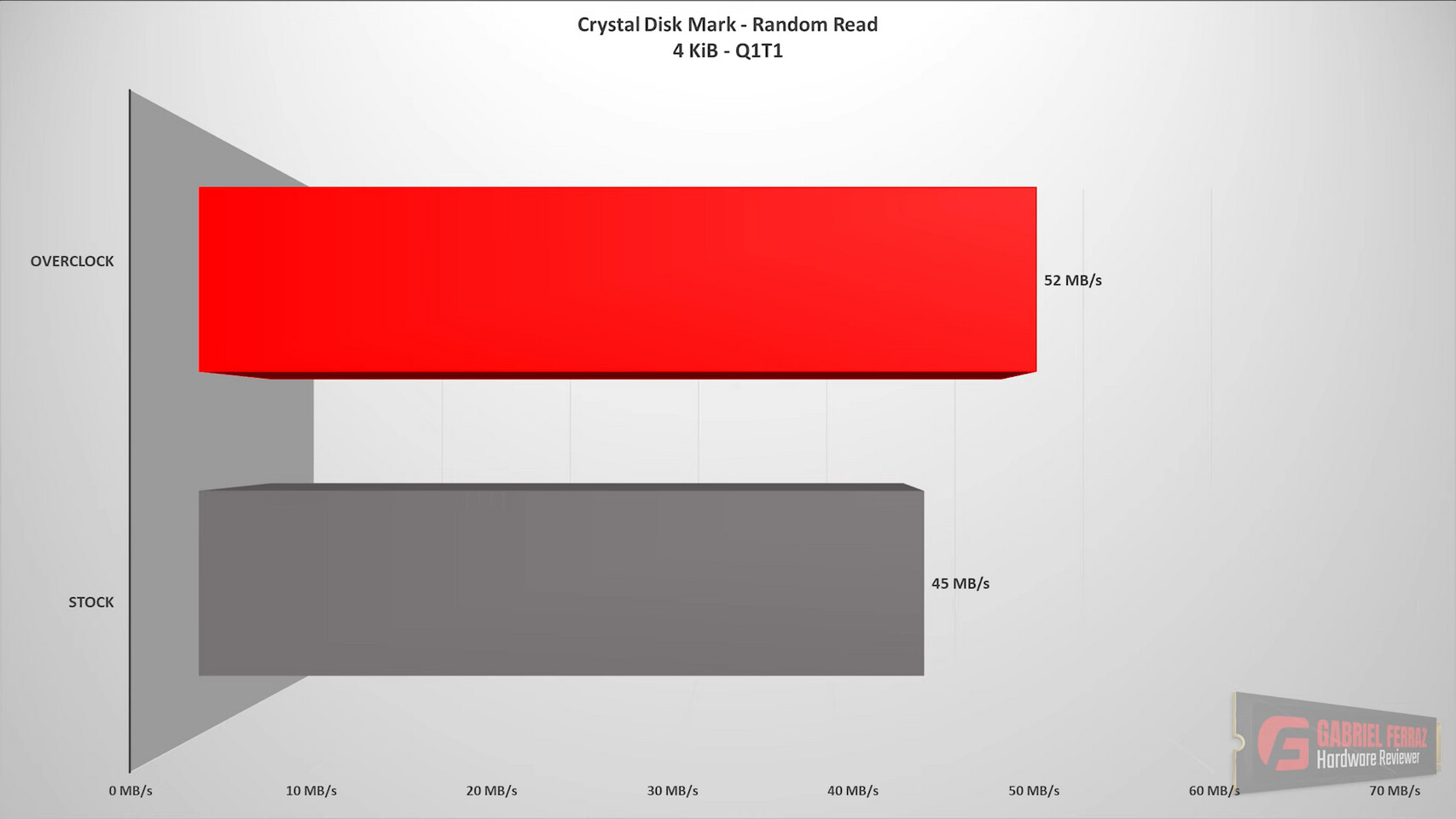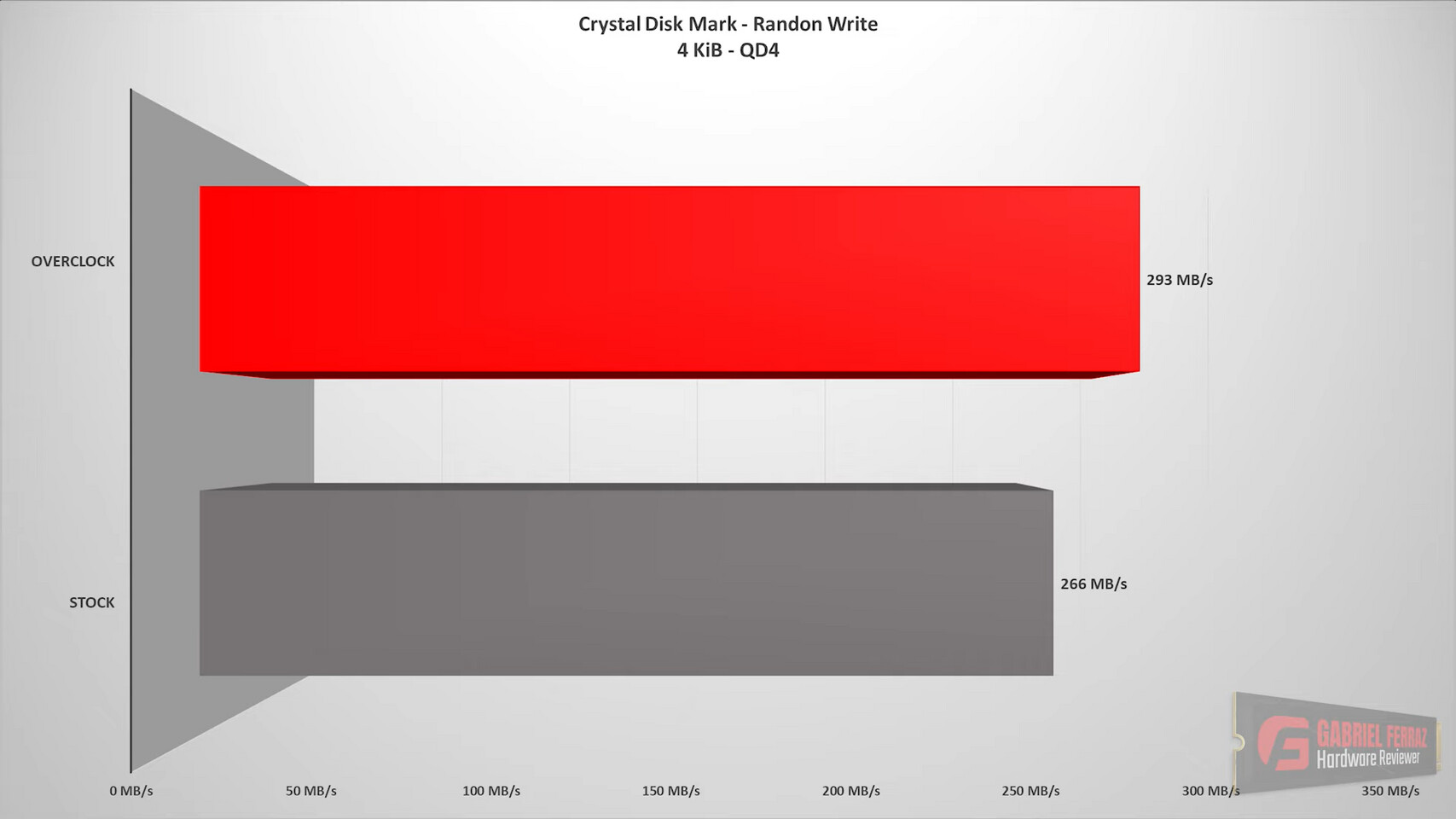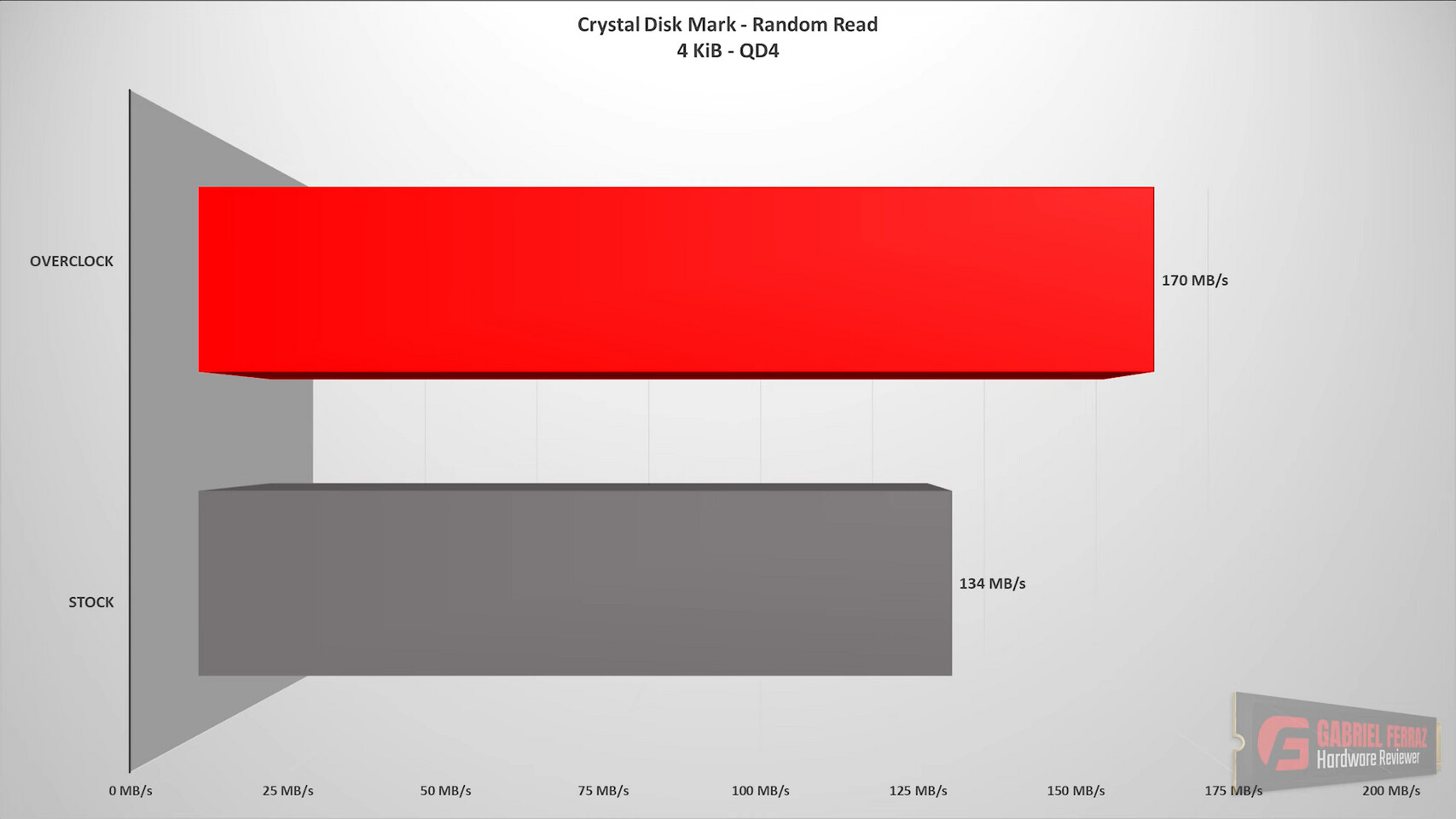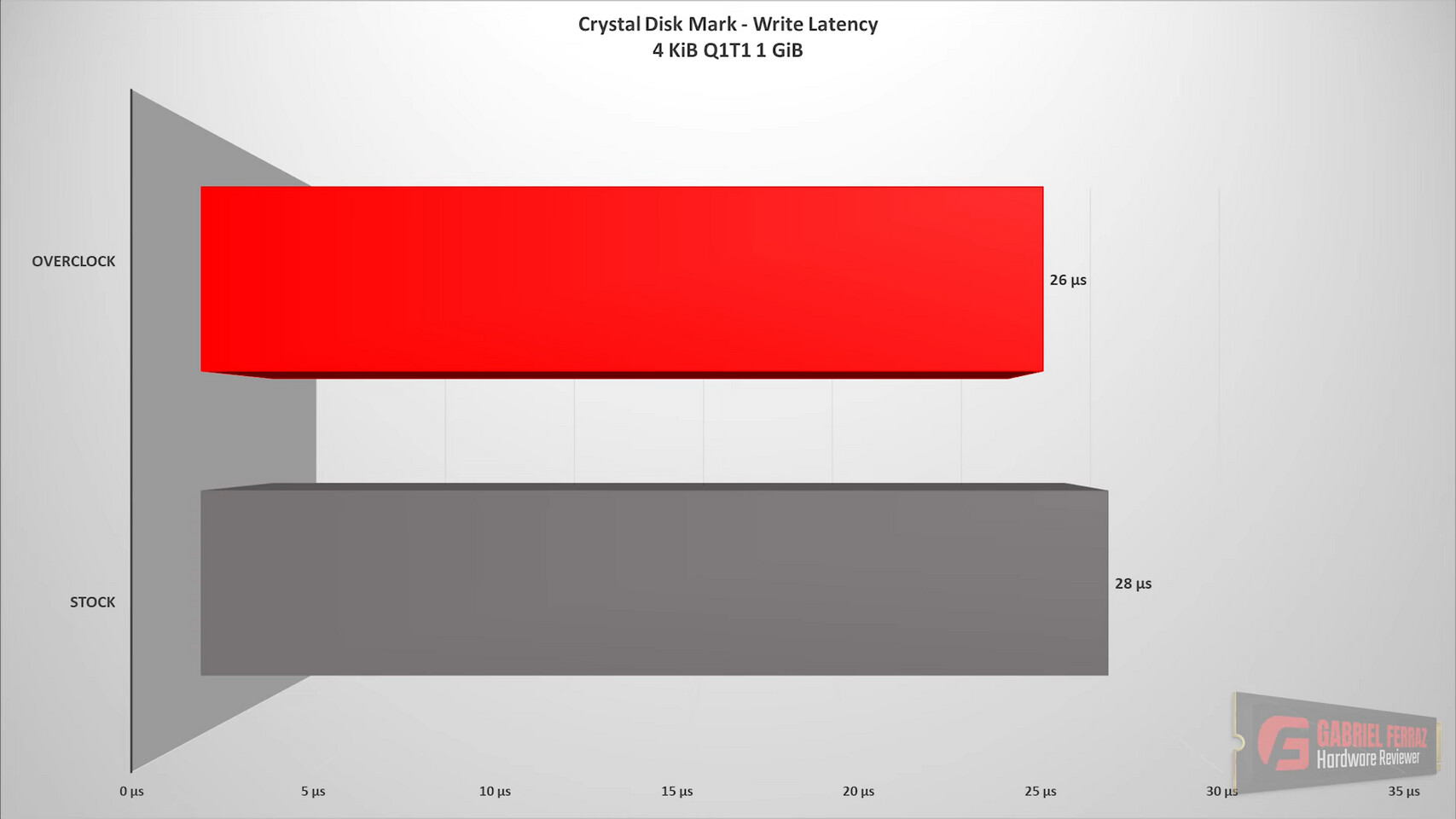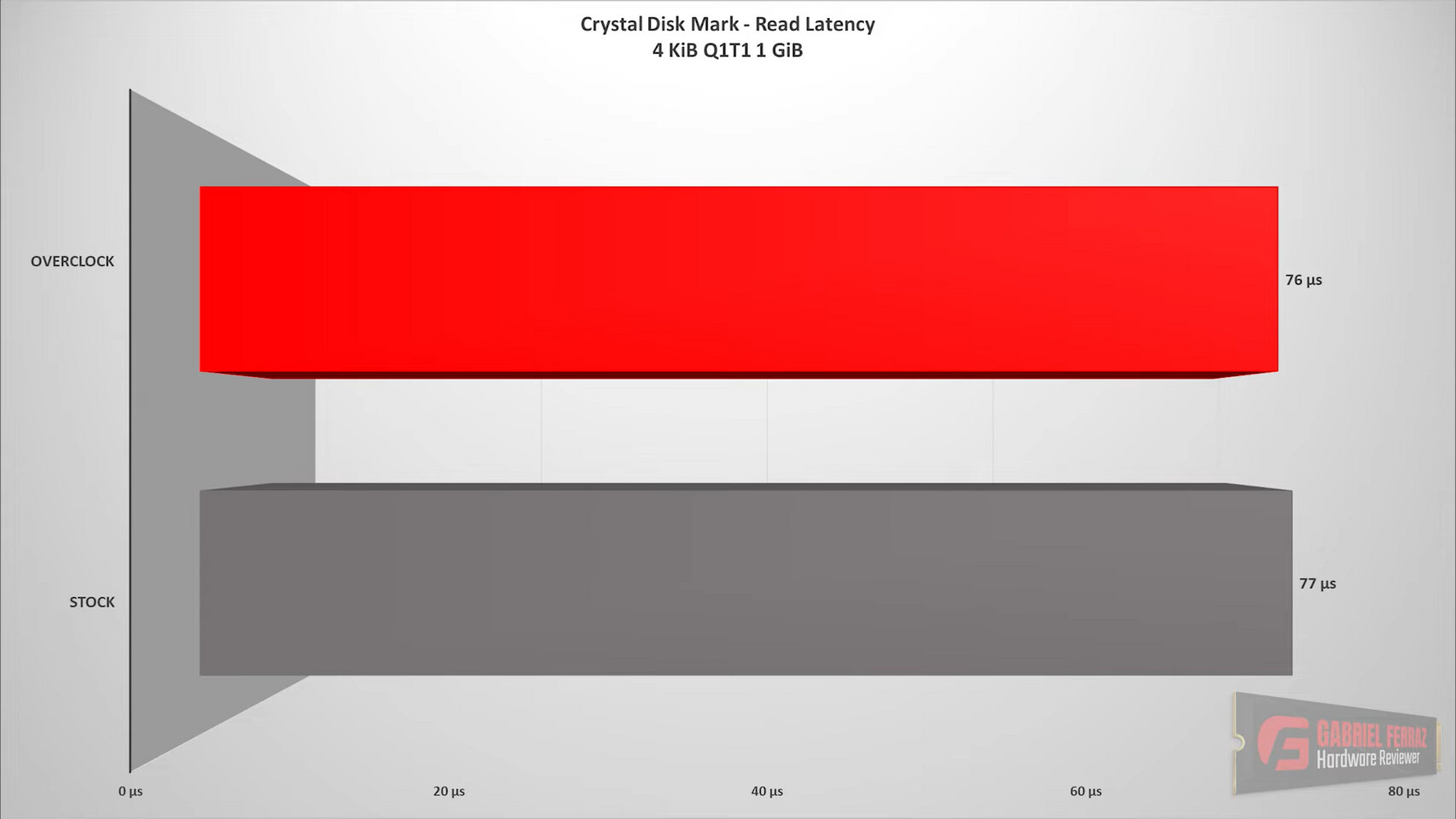The Rise of Overclocking: Pushing the Limits of SSD Performance
The world of PC enthusiasts is constantly seeking new challenges, and overclocking has become the pinnacle of their activities. Typically, overclocking involves pushing the limits of CPUs, GPUs, and RAM, while other components are not usually capable of being overclocked. However, the enthusiast community never seems to settle, and today we have proof that even off-the-shelf 2.5-inch SATA III NAND Flash SSDs can be overclocked.
Gabriel Ferraz, a Computer Engineering graduate and TechPowerUp's SSD database maintainer, has successfully overclocked the RZX Pro 256 GB SSD. This generic NAND Flash drive features the Silicon Motion SM2259XT2 single-core, 32-bit ARC CPU running at speeds of up to 550 MHz. With two channels operating at 400 MHz, each equipped with eight chip enable interconnects, this SSD can support up to 16 NAND Flash dies. Notably, the RZX Pro does not have a DRAM cache or support a host memory buffer. It relies on a single NAND Flash memory chip from Kioxia, utilizing the BiCS FLASH 4 architecture with 96 layers and a capacity of 256 GB.
By default, this NAND Flash die runs at a speed of 193.75 MHz or 387.5 MT/s, significantly lower than its rated maximum of 400 MHz or 800 MT/s. To achieve the overclock, Gabriel used a SATA III to USB 3.0 adapter with a JMS578 bridge chip. This adapter allows for hot swapping of SSDs without the need to turn off the PC. Gabriel also made modifications to the firmware settings using Mass Production Tools (MPTools), which are commonly used by OEMs to flash SSDs. These modifications included adjusting the Flash clock, CPU clock, output driving, Flash IO driving with subdivisions, and Flash On-Die Termination (ODT) and Schmitt window trigger.
The overclocking results were impressive. The Silicon Motion controller saw a 17.6% increase in clock speed, reaching 500 MHz from the original 400 MHz. The NAND Flash, which initially operated at 193 MHz, achieved a clock speed of 400 MHz, representing a 106% improvement. Performance varied across different benchmarks, with noticeable reductions in latency and slight improvements in reading speeds. However, the most significant impact was seen in writing speeds, resulting in increased bandwidth and positive benchmark results.
Despite these gains, there are some drawbacks to consider. Overclocking the SSD led to an increase in operating temperature, with temperatures rising from a stable 40°C in stock settings to 45°C under overclocked conditions. This elevated temperature can potentially decrease the drive's lifespan. Additionally, it's important to note that overclocking the SSD voids all manufacturer-implied warranties and reduces the expected number of read/write operations.
Below, you can find a selection of benchmarks conducted by Gabriel Ferraz. For more detailed results, please refer to the YouTube video linked here.
